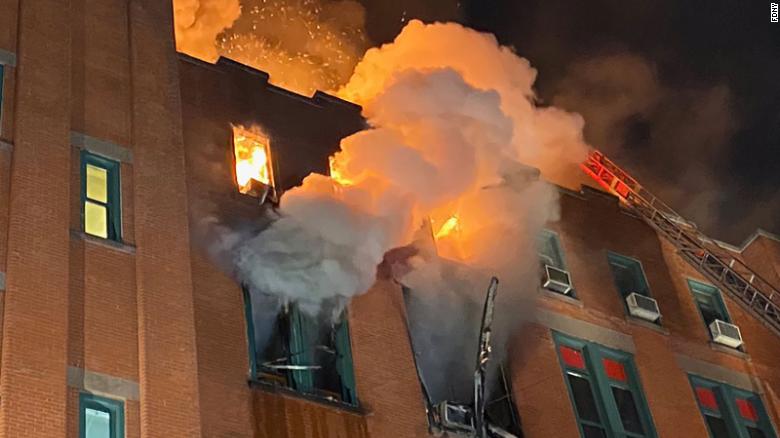The title is not meant to be flippant. COVID-19 and the current restrictions placed on the Tufts’ community and at large should be taken seriously. The editors are hoping everyone is safe and healthy. The goal today is to give a glimpse at what those of us self-quarantining can do to entertain ourselves. Mental health is just as important as physical health and being cooped up for most of the day can be depressing. Fortunately, there are a few ways to keep our imaginations occupied in this turbulent time.
First, here is a link back to the museum-studies related podcasts post from last year. The extra time for spring break and not attending a physical class could be used to enrich your knowledge of the museum community with these listens.
Next, there are online museum tours and collections you can visit. Mental Floss’ website provided an article for inspiration. The Louvre has virtual tours about Egyptian antiquities and the remains of the Louvre’s moat. The Guggenheim provides a look at its art collection with a searchable database. The Smithsonian National Museum of Natural History has virtual tours for permanent, present, and past exhibits. The Mental Floss article linked above provides more examples of museums you can visit virtually.
Then, there is the opportunity to flex your social engagement muscles online. Museums have been reaching out to their email subscribers as they have closed in order to reassure visitors during the fight against the virus. While visiting museums will be missed, there is a strong museum community presence on social media. Museum professionals and museums have been posting their favorite collection items on social media stories. On Instagram, the Social Distance Gallery account is hosting BFA and MFA thesis shows because people are stopped from seeing them in person. There is the hashtag on Twitter, #MuseumFromHome, where museum professionals are discussing favorite museum artifacts. Maybe you all can provide your favorite object with that hashtag.
Finally, I come to streaming platforms, like Netflix or Hulu. They have plenty of documentaries to offer about subject matter found in museums. For example, there are National Geographic docs on Disney+ about nature, science, and cultures. On Netflix, they have a doc called Fake or Fortune? that is about art forgeries in museums. Or you can have fun watching National Treasure or Indiana Jones and enjoy the protagonists’ cooperation with museums.
Please let us know if the links are not accessible. Remember, you should not feel pressured to be extra productive in this trying time. Most of us are navigating new terrain with working solely from home, and we should not be pressuring ourselves with unrealistic goals. The stress of the unknown can hopefully be lightened with these activities. I would love to hear about what our readers are reading/watching/etc. to keep them entertained, so please leave suggestions in the comments.




